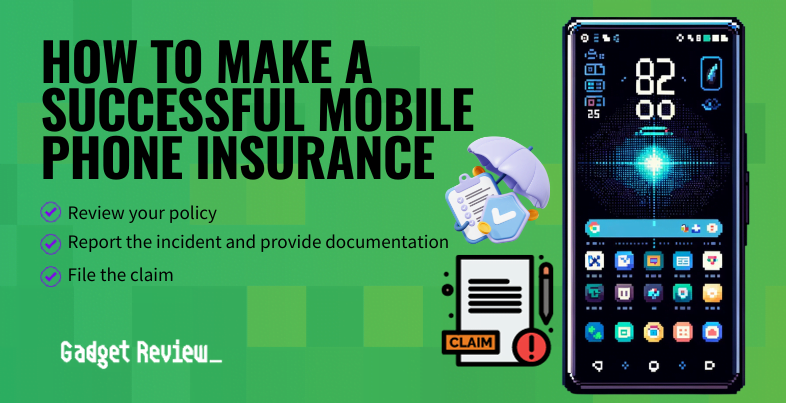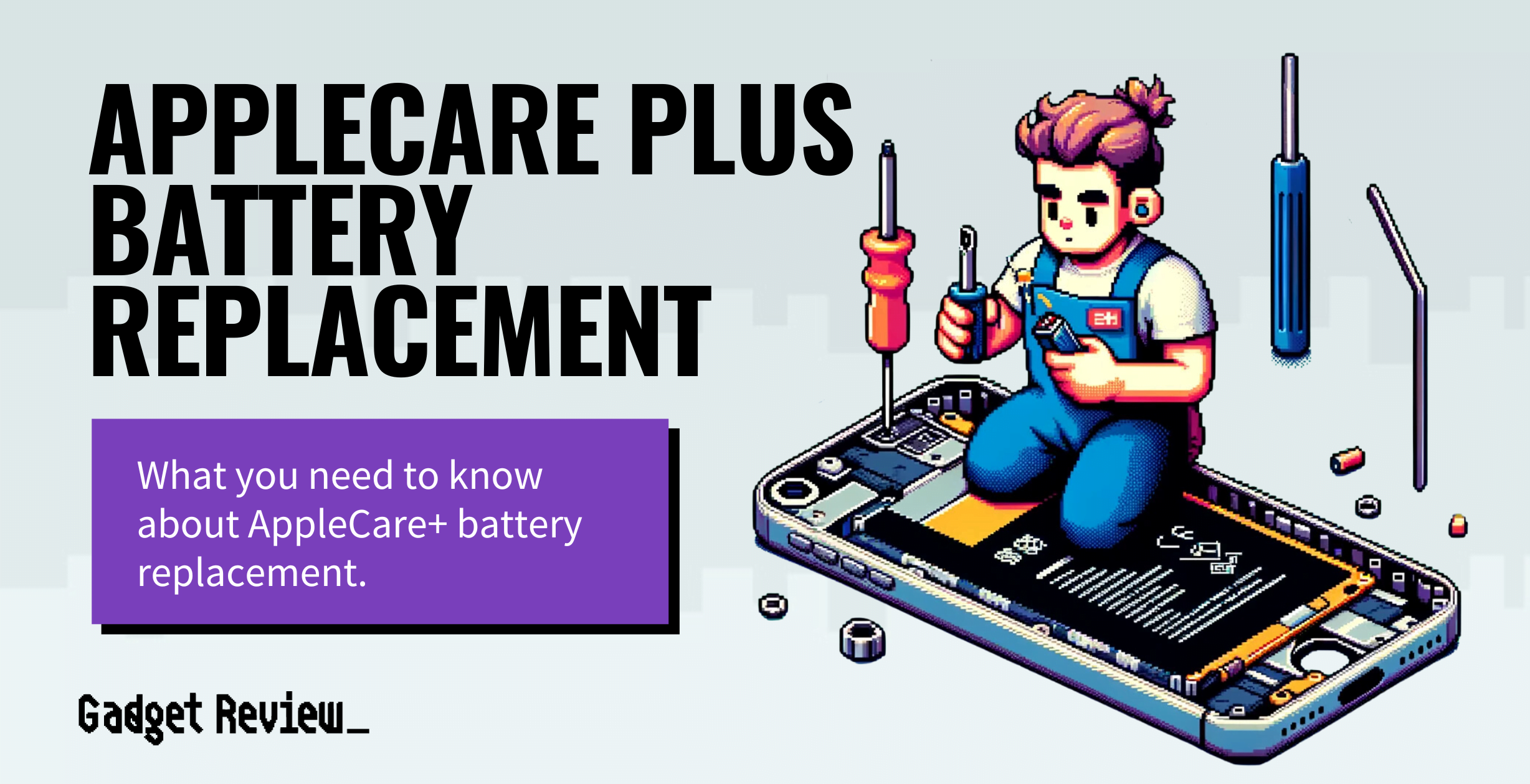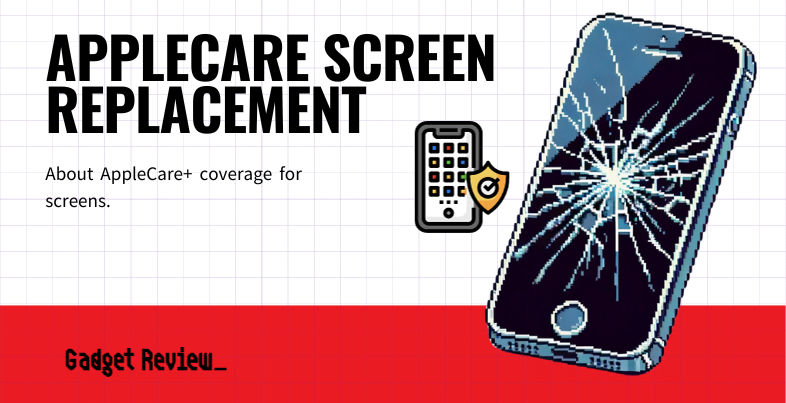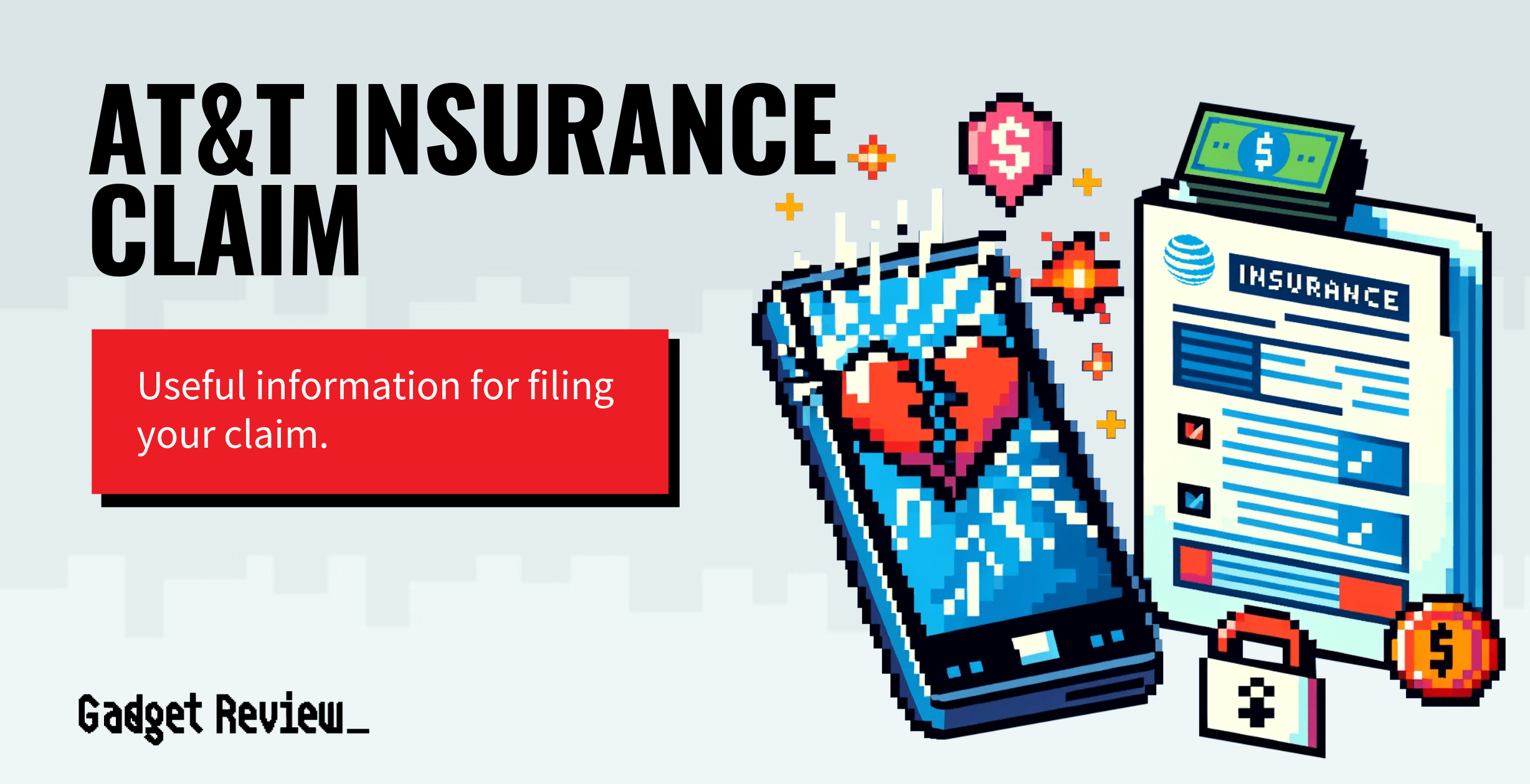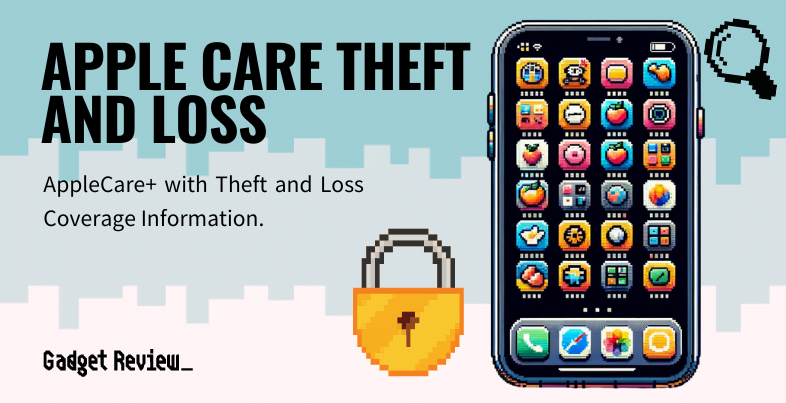Making a mobile phone insurance claim with any of the top-rated cell phone insurance providers isn’t always as straightforward a process as it should be, but following a couple of these tips may help you save time and make a successful claim on your phone insurance policy.
Key Takeaways_
- Mobile phone insurance coverage varies widely, so it pays to know your policy Keep documents handy
- Keep documents handy
- If your phone is lost or stolen, notify the wireless provider and the insurance company or credit card issuer right away
- When making a claim by phone, always write down the claim number
How to File a Successful Mobile Phone Insurance Claim
To save time and help ensure your claim goes through, here are some tips that can expedite the process of getting your mobile device fixed or replaced.
STEP 1 Know Your Policy
Reading the fine print can help you along with the claims process. Make sure to look at the exclusions or exceptions to coverage. Some mobile phone insurance has limited coverage to specific types of damage and theft, for example. Most wireless carriers that offer mobile insurance also place limits on how many claims can be filed in a 12-month or 24-month period or the type of damage. Make sure to look at any sections of your policy that detail required documents and time frames. Some insurers require you to report a lost or stolen device within 2 days, for example. Many policies cover only part of the price of a replacement phone. Some will cover a portion of the cost of screen repairs as well, so make sure to look at the breakdown of coverage in your smartphone insurance policy. If you are a Sprint customer, you can follow our guide on how to file a Sprint insurance claim.
STEP 2 Have Documents Ready
Before filing a claim with your insurance provider, either online or over the phone, it’s helpful to have key paperwork in front of you. This process may vary depending on whether you’re filing damage, screen damage, or theft claim.
Typical documents your cell phone insurance company may ask for include proof of purchase, the phone model, and the type of phone. You should also have a statement from your wireless service provider on hand. This can be either a paper billing statement or an online account statement. It will typically show the IMEI or a serial number of the phone, your name, and the type of wireless service for each of your gadgets. If you have mobile insurance through your credit or debit card company, have a recent credit card statement handy. You’ll likely need the account number.
In addition, it can be helpful to have a copy of your cell phone insurance policy handy. This should include the number to call for service as well as details of payment, coverage features, and a general breakdown of the claims process.
In Case of Theft
When reporting a stolen phone, your phone insurance provider may require additional documents pertaining to the theft. If you’ve filed a police report, keep the case number and any supporting documents pertaining to the incident. This may include a list of items stolen, the time of the theft, and the suspected location where the theft took place. Some banks, credit card companies, and mobile phone insurers require that a police report be filed in order to complete a phone theft claim.
If you suspect your mobile phone is lost or stolen, you should also notify the cell service provider right away, both for privacy reasons and to prevent anyone from making unauthorized calls or fraudulent calls that otherwise may rack up charges on your account.
STEP 3 File a Claim
Most insurers allow you to file a claim online or by phone. The first step to this often involves providing information to an automated system. If you file online, keep a screenshot of the claim number, when ready, and write it down on a piece of paper if possible.
To get your claim processed faster, you may want to stay on the phone until you reach a representative. Persistence pays off, in this case. Be sure to have a pen and paper handy to write down the claim number and take down any requests for supporting documentation.
Once you’ve filed a claim, the mobile phone insurer should issue you a statement within one to two business days. Some insurance providers offer expedited replacement device shipment, but you may have to request it specifically.
Phone Damage Claims
For damage claims, some insurance providers may state that you’re supposed to have the damage assessed before they’ll send payment or a replacement device. If this is the case with your policy, it pays to start the claims process first, then takes your mobile device to an authorized shop, if necessary, to assess the damage. Once you’ve begun the accidental damage claim, you’ll know what supporting documents you need along with the broken phone.
Phone Replacement
If your phone insurance contact person tells you they’ll be sending a replacement device, make sure to ask for a tracking number for the shipment. Most phone insurance providers offer overnight shipping on replacement phones.
STAT: The global mobile phone insurance market reached a value of over $27 Billion in 2020. (source)
STEP 4 Follow Up
If you haven’t heard from your phone insurance representative in a couple of days, it’s time to follow up; you can do this online or by phone contact. Make sure to have on hand the claim number and the account number. It may be helpful to have basic info about the original phone on hand as well.
warning
It’s essential to note that not all printers offer double-sided printing options. Therefore, before configuration, check your printer manual to make sure your printer has duplex printing capabilities.
When You’ve Received a Device Replacement
Make sure the replacement device is in proper working order and is the right type of phone. Note whether your phone insurance policy requires that you send back the damaged device. If so, make sure the proper box arrives along with your new device. Most insurers in the US offer postage-paid shipping on return phones and gadgets. Knowing how to file a phone insurance claim can help ensure that your device repairs or replacement are handled quickly and not slowed down because your provider needs more information.

